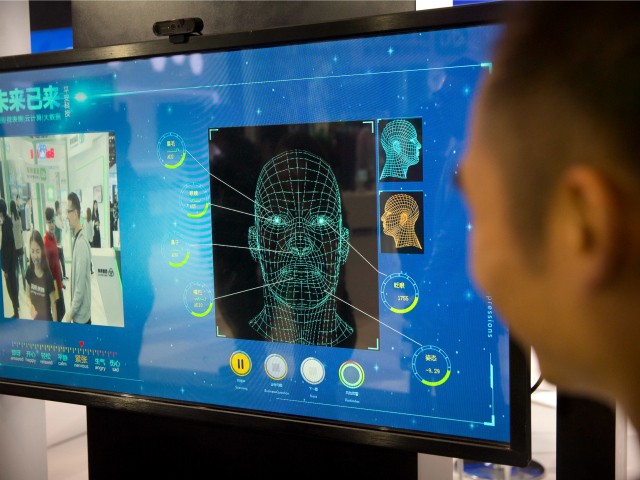The U.S. federal government has allocated at least $22 million for the development of “smart” clothing capable of surveillance and data collection. The largest allocation of this funding is a project called SMART ePants, which will design underwear and other clothing items capable of spying on their surroundings.
The Intercept reports that in a move that has both intrigued tech enthusiasts and alarmed privacy advocates, the U.S. federal government has invested $22 million in the development of SMART ePANTS, which stands for “Smart Electrically Powered and Networked Textile Systems.” Managed by the Intelligence Advanced Research Projects Activity (IARPA), the intelligence counterpart to the more widely-known Defense Advanced Research Projects Agency (DARPA), this initiative aims to create wearable technology that can record audio, video, and geolocation data. The garments under development include everyday clothing items such as shirts, pants, socks, and underwear, all designed to be washable for everyday use.
IARPA is no stranger to high-risk, high-reward projects. The agency has previously funded research that led to a Nobel Prize in Physics for work on quantum computing. However, it has also faced its share of costly failures. The SMART ePANTS program is being touted as the “largest single investment to develop Active Smart Textiles,” and it has already awarded contracts to five entities, including defense contractors Nautilus Defense and Leidos, as well as academic and research institutions like MIT and SRI International.
“A lot of the IARPA and DARPA programs are like throwing spaghetti against the refrigerator,” said Annie Jacobsen, author of a book about DARPA. “It may or may not stick.”
While the primary focus of SMART ePANTS is surveillance and data collection, the technology also has potential applications in high-stress environments. According to the Office of the Director of National Intelligence, “This eTextile technology could also assist personnel and first responders in dangerous, high-stress environments, such as crime scenes and arms control inspections without impeding their ability to swiftly and safely operate.”
However, the development of such advanced wearable technology has raised significant concerns about privacy and civil liberties. Critics argue that the advent of smart wearables could usher in troubling new forms of government biometric surveillance. Jacobson notes, “They’re now in a position of serious authority over you. In TSA, they can swab your hands for explosives. Now suppose SMART ePANTS detects a chemical on your skin — imagine where that can lead.”
Read more at the Intercept here.
Lucas Nolan is a reporter for Breitbart News covering issues of free speech and online censorship. Follow him on Twitter @LucasNolan


COMMENTS
Please let us know if you're having issues with commenting.